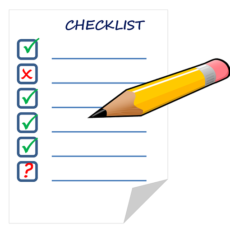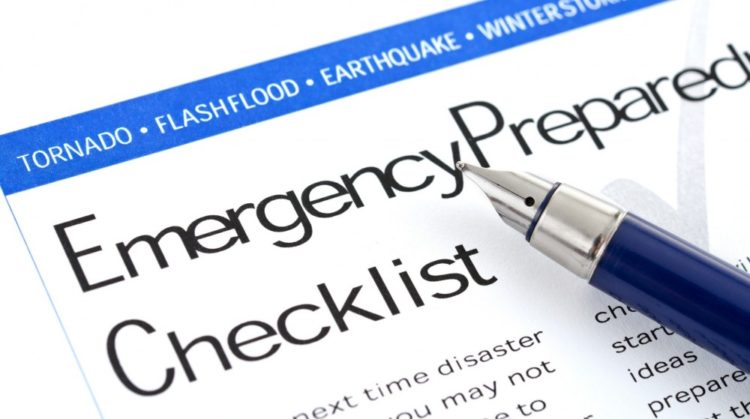
April 12, 2021
JAW DROP | Email Heading Ref: QSO-21-15-ALL

On September 16, 2016, the final rule on Emergency Preparedness Requirements for Medicare and Medicaid Participating Providers and Suppliers was published. The rule was effective November 15, 2016 however health care providers and suppliers affected by this rule have until November 15, 2017 to implement the new requirements. This rule affects all 17 provider and supplier types eligible for participation in Medicare.
The Centers for Medicare and Medicaid Services(CMS) anticipated the interpretive guidelines and survey procedures would be developed and published in the spring of 2017. Once the guidance is published, providers and suppliers will have several months to prepare for implementation. Surveyors will begin evaluating the new requirements after November 15, 2017.
Listed below are the four core elements of the emergency preparedness requirements:
The facility must develop and maintain an emergency preparedness plan that must be reviewed and updated at least annually.
The facility must develop an emergency preparedness communication plan that complies with federal, state and local laws. This plan must be reviewed and updated at least annually.
The facility must develop and implement policies and procedures based on the emergency plan and risk assessment. The policies and procedures must be reviewed and updated annually.
The facility must develop and maintain an emergency preparedness training and testing program that is based on the emergency plan. The facility must conduct exercises to test the emergency plan at least annually, including unannounced staff drills using the emergency procedures.
The Epp Experts full Implementation Service includes: